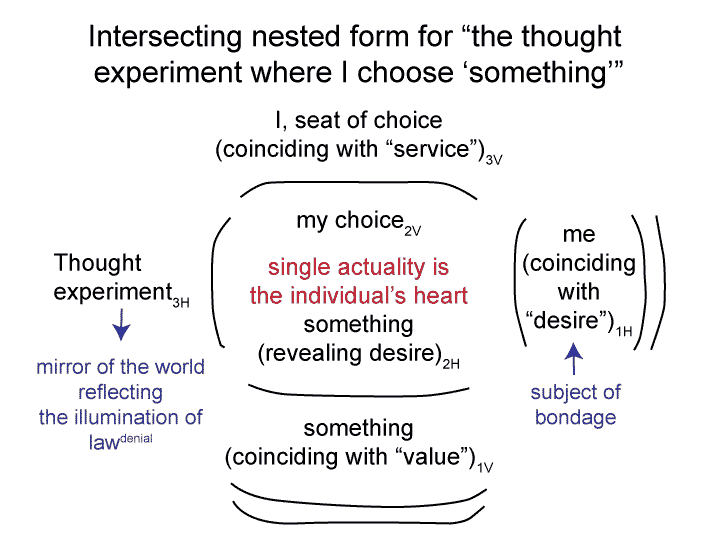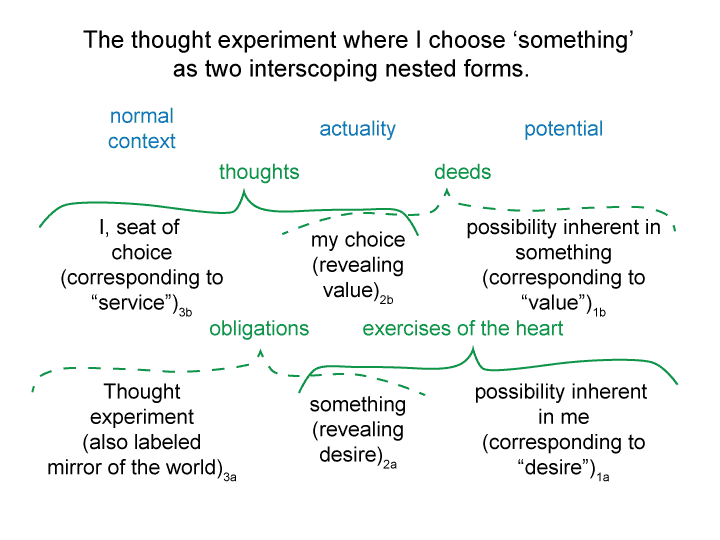Man and Sin by Piet Schoonenberg (1964) 2.3 MR
[Does this sound vaguely familiar?
Consider the interscope.
Obligations3a(2a (responsibilities3a(2a or words3a(2a) correspond to:
Mirror of the world3a(something2a
Words3a(2a, excuses3a(2a and resentments3a(2a all cry out, ‘I am not responsible.’
This cry is co-opposed to bondage. Yet the person does not know it.]


